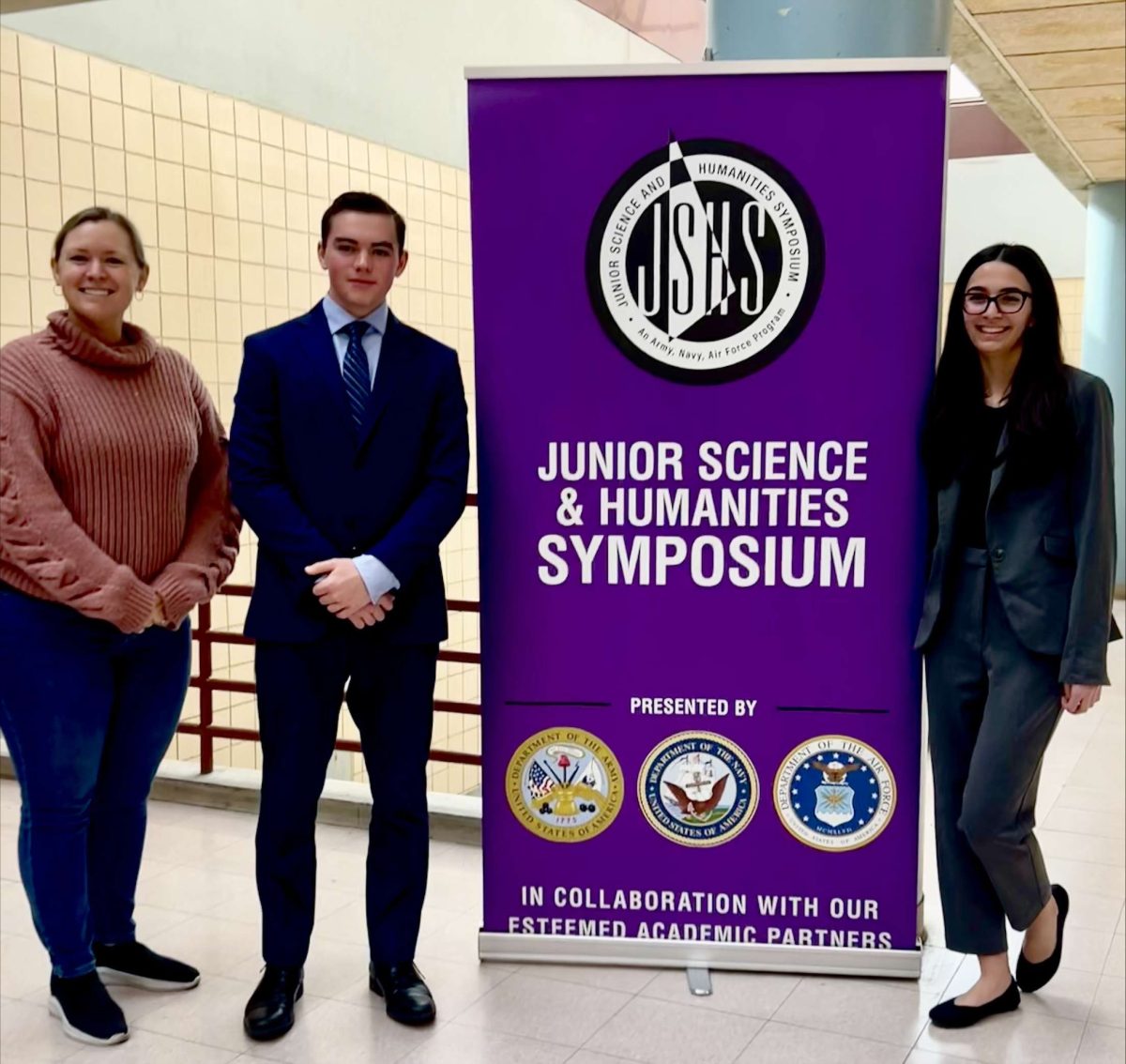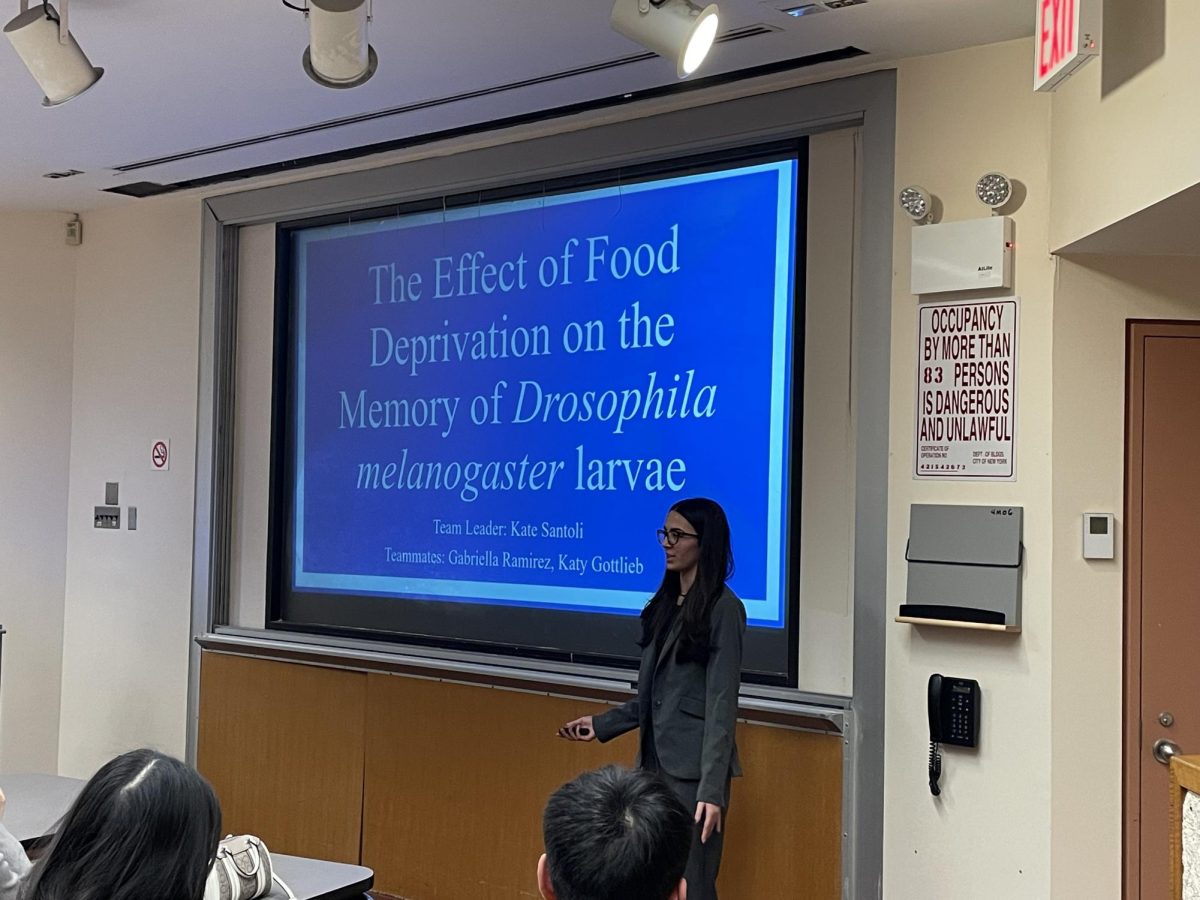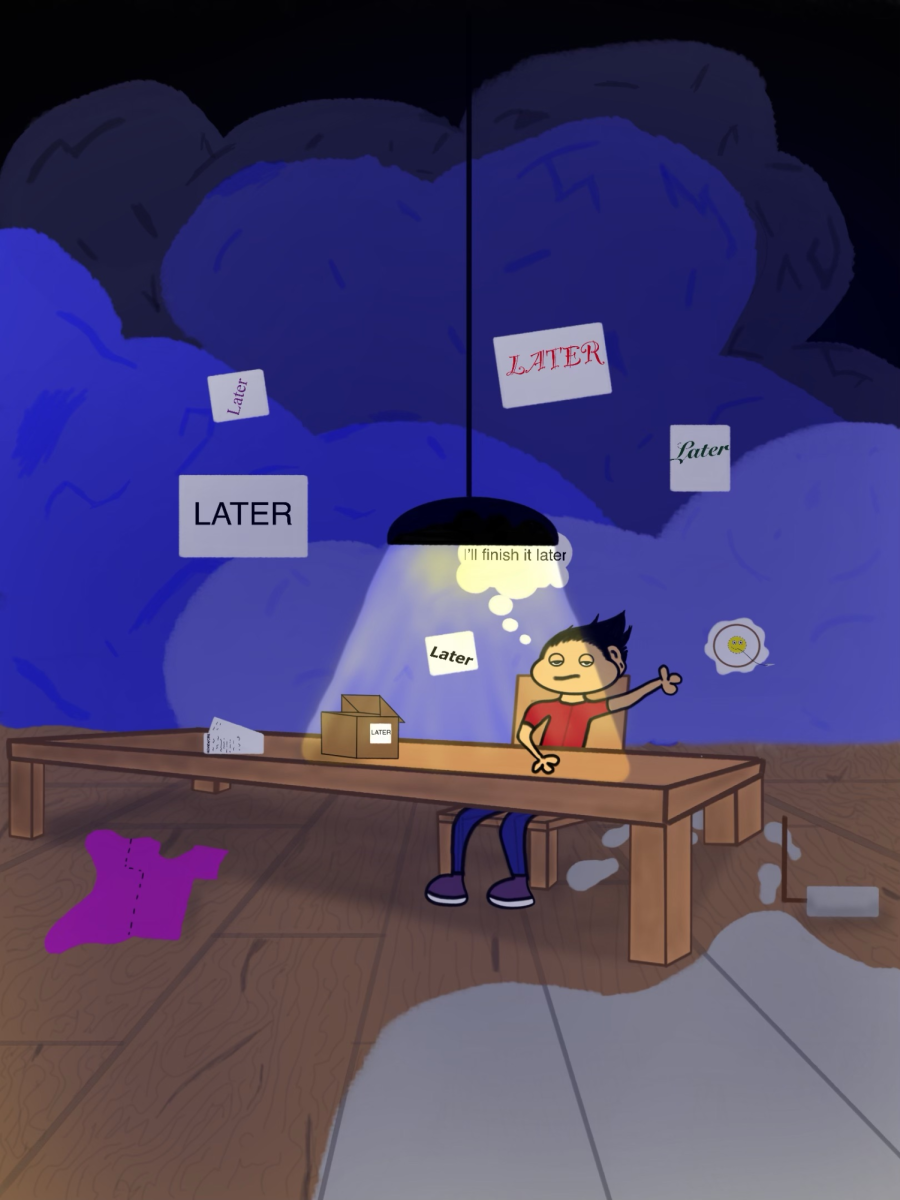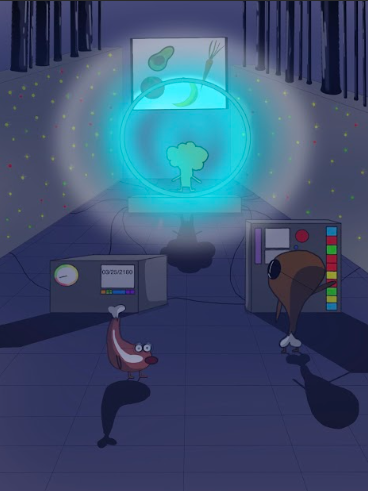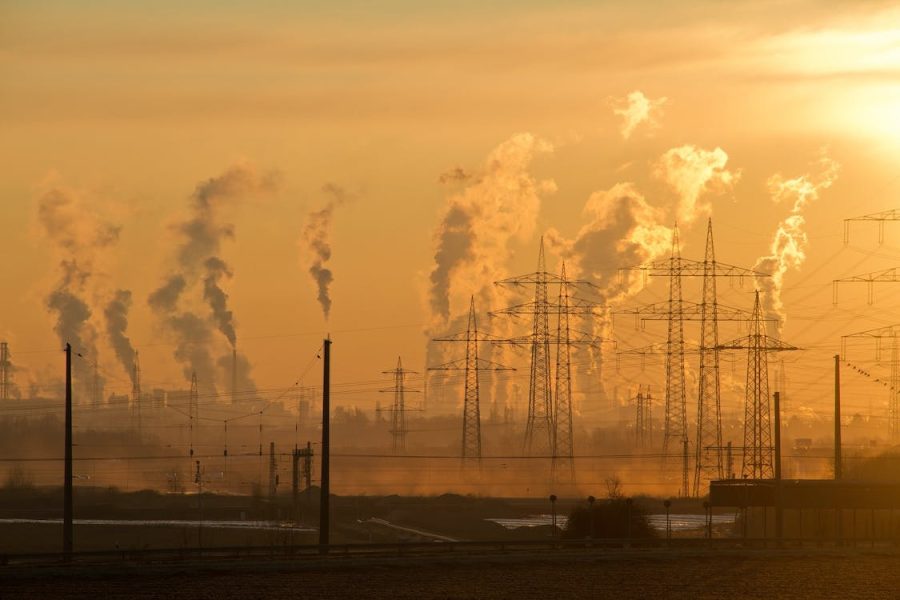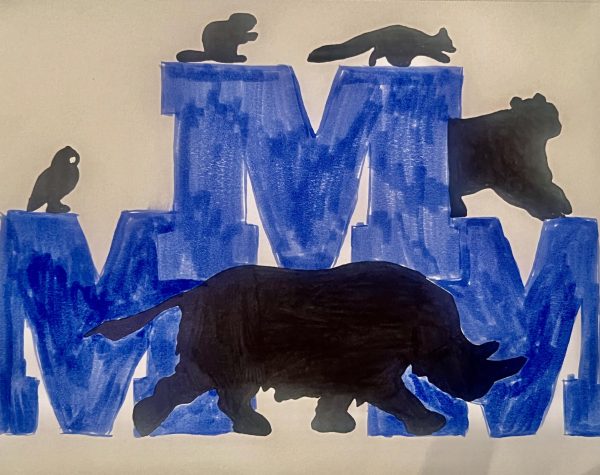The Connection Between California Flooding and Global Warming
The change in the Earth’s climate has resulted in devastating consequences, such as natural disasters. With the rising of global surface temperatures, storms are intensifying, sea levels are rising, and lives are being put at risk.
The state of California was experiencing an abundance of precipitation, extreme flooding, and dangerous mudslides in early January. Many California residents were negatively impacted by the flooding, and there were many casualties. According to a PHYSorg article (phys.org) entitled “Flooding in California: What Went Wrong, and What Comes Next,” “California is facing intense flooding, with at least 19 lives lost so far and nearly 100,000 people evacuated from their homes.” This exemplifies the severity of the event and the influence it had on residents of California.
The event was linked to atmospheric conditions. Greenhouse gasses, such as carbon dioxide and methane, mixed with a warmer climate, results in an increased amount of water vapor in the atmosphere. This causes more rain, powerful storms, and disasters. A Dec. 13, 2022, National Geographic article (nationalgeographic.org) entitled “Greenhouse Effect” read, “The greenhouse effect happens when certain gasses—known as greenhouse gasses—collect in Earth’s atmosphere.” The same article further explains that greenhouse gasses trap the heat that reflects back into the atmosphere. This causes a rise in global temperatures and thus extreme weather events.
The ocean, which covers approximately 71 percent of the Earth’s surface, plays a significant role in global warming. High wind speeds in tropical storms result from the ocean absorbing heat. Algae photosynthesis also plays a part in the increase of water surface temperature, as it takes in sunlight to convert chemical compounds into other products.
Freshman Elin Kim, who is in the science research program, comments, “Climate change is a prevailing issue that ultimately will lead to mass destruction and food decline. The choices that we make will determine the outcome of our future and the state of our environment.” When asked about how one can make a difference, Kim shared, “We must be more aware of our involvement in the rising of temperatures because it can lead to the extinction of many species.”
Humans have contributed to global warming through car emissions, heating, and food consumption. Other activities such as the burning of fossil fuels (coal and oil) have increased the concentration of the carbon dioxide present in our atmosphere. According to an article on NASA’s website (NASA.org) titled, “The Causes of Climate Change,” “The industrial activities that our modern civilization depends upon have raised atmospheric carbon dioxide levels by nearly 50% since 1750.”
The changing climate is a prevailing issue that impacts every organism on planet Earth. Stoycho Velkovsky, Living Environment and biology teacher, shared, “Everybody must get involved and work on preventing global warming from getting worse. It is going to take everyone and everything to cause a change.” The variation of climate is primarily caused by humans, and the only way to prevent it from getting worse is by acknowledging one’s engagement in the ongoing increase of global average temperature.


